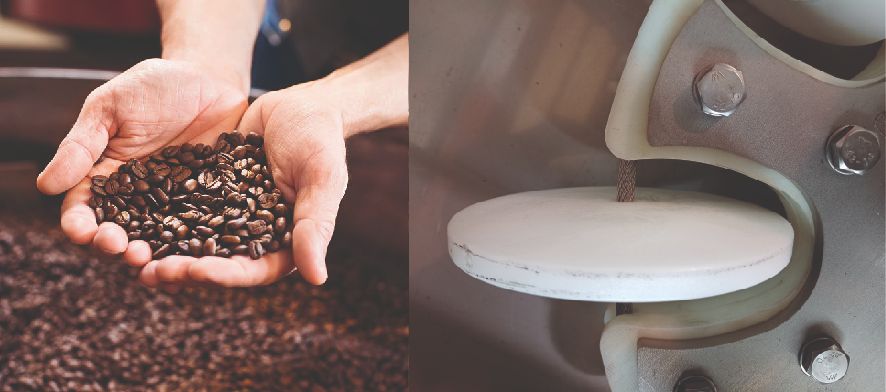New tubular transport system for careful product dragging.
Jordi Casas / Friday 08 March 2024

In this context, innovation and technology play a fundamental role. A notable advancement in this field is the development of a cable-driven dragging transport system, specifically designed to address challenges associated with handling break-prone products such as nuts or pet food.
The fragility of certain products in the food production chain is one of the challenges the industry faces daily. Nuts, pet food, and other products at risk of breakage require careful handling to avoid losses, ensure product integrity, maintain quality standards, and in some cases, the need to maintain homogeneity in product mixes. Conventional transport solutions often have limitations, leading to the necessity of innovating and finding more effective methods.
To address these issues, innovation has been applied with a dragging transport system using a cable with special discs that allows smooth and uniform transport while minimizing the risk of breakage during the transportation process.
This transport system also ensures the homogeneous mixing of products throughout the process, from entry to exit. This not only improves process efficiency but also guarantees consistency in the quality of the final product.
Key Advantages of the Cable Dragging System:
Loss Reduction: By minimizing the risk of product breakage, the cable dragging system significantly contributes to reducing losses and non-compliant products.
Consistency in Quality: Ensuring homogeneity in mixed products guarantees consistency in the quality of the final product, strengthening the brand's reputation.
Adaptability: This system easily adapts to various production configurations, offering versatility to food companies.
The cable dragging transport system emerges as an innovative and crucial solution for the food sector, especially in handling fragile products where pneumatic transport alternatives are not viable. By addressing challenges associated with product breakage, this system not only improves operational efficiency but also contributes to quality assurance and loss reduction in the food production chain.
